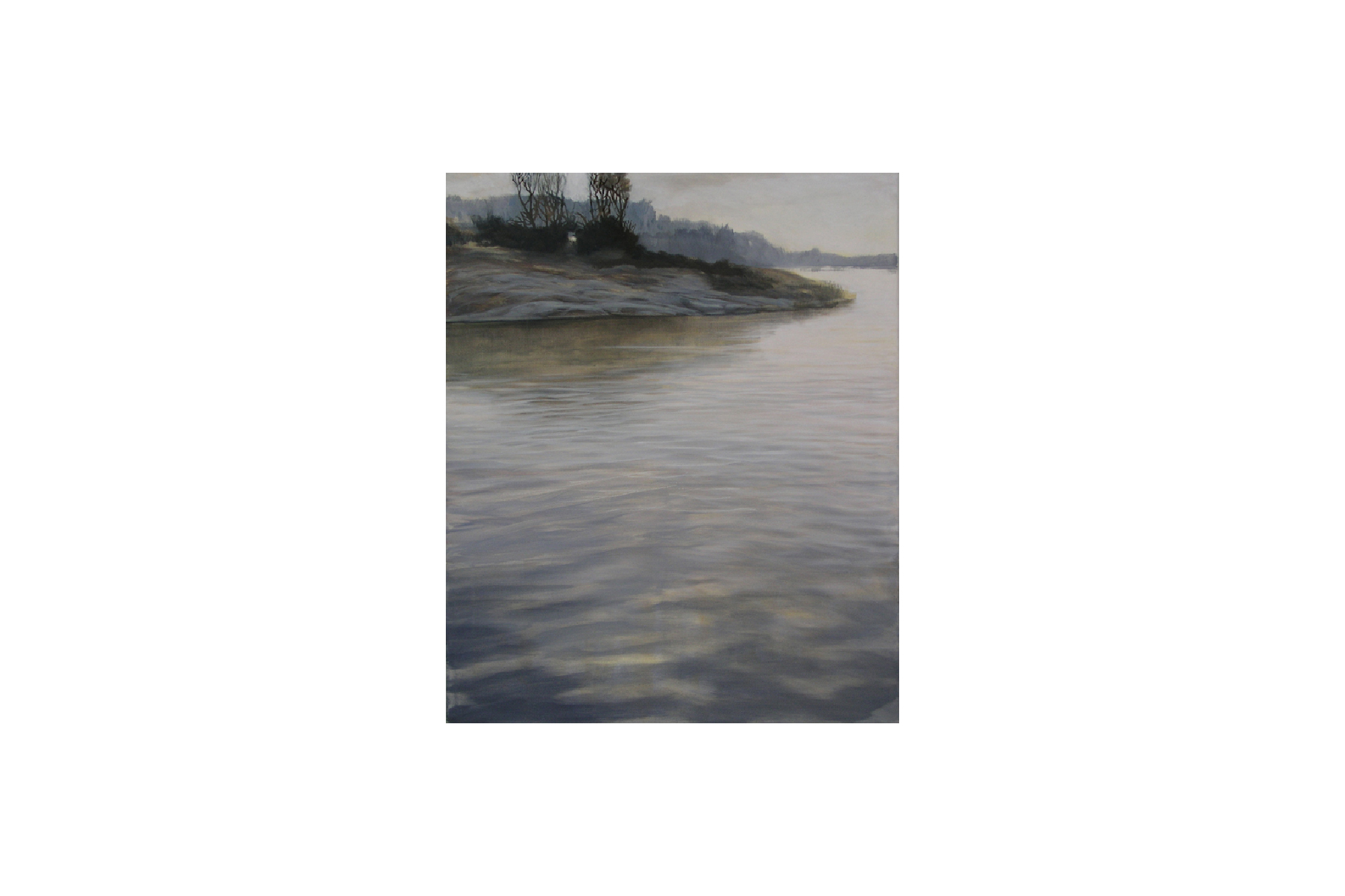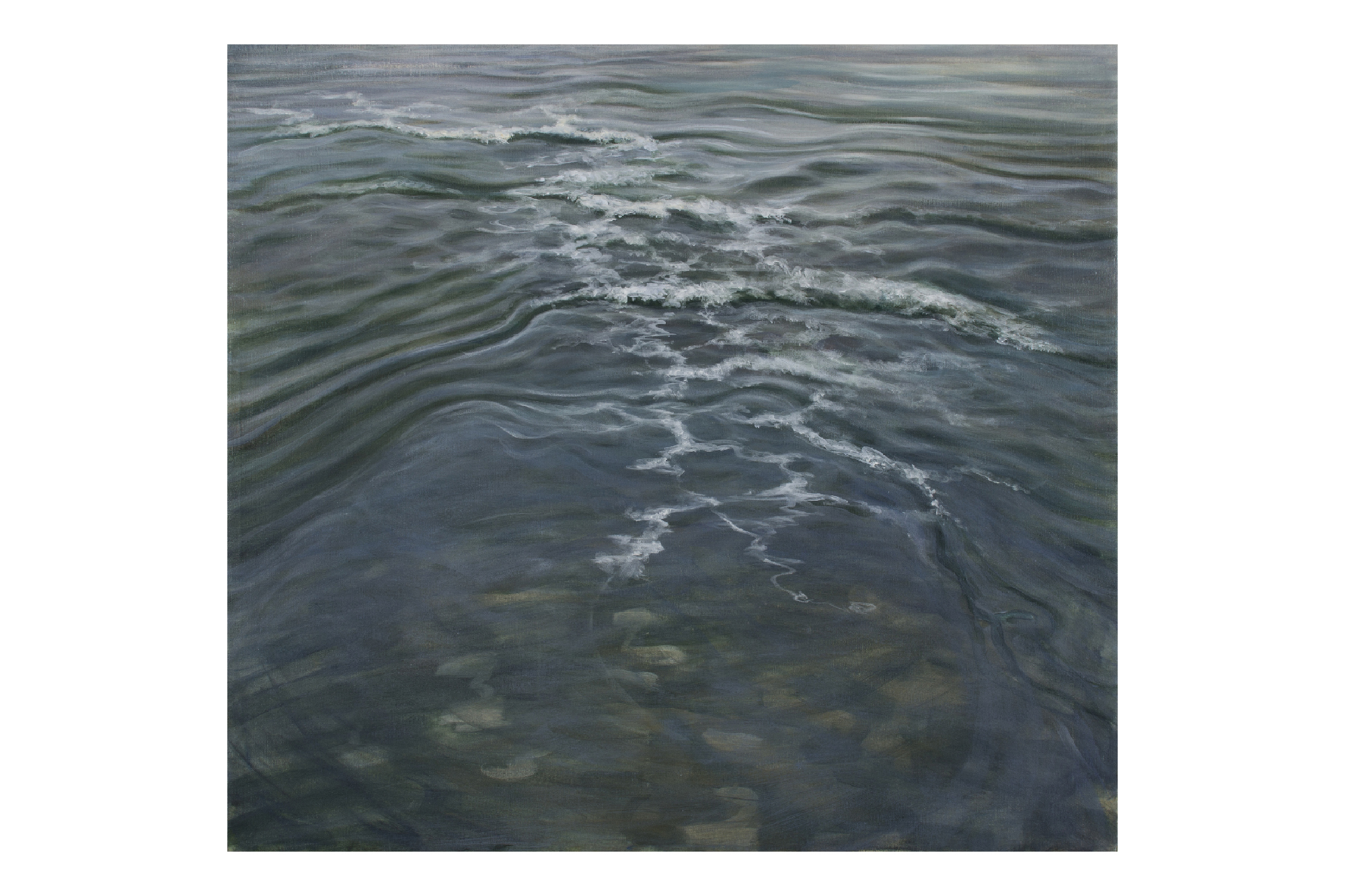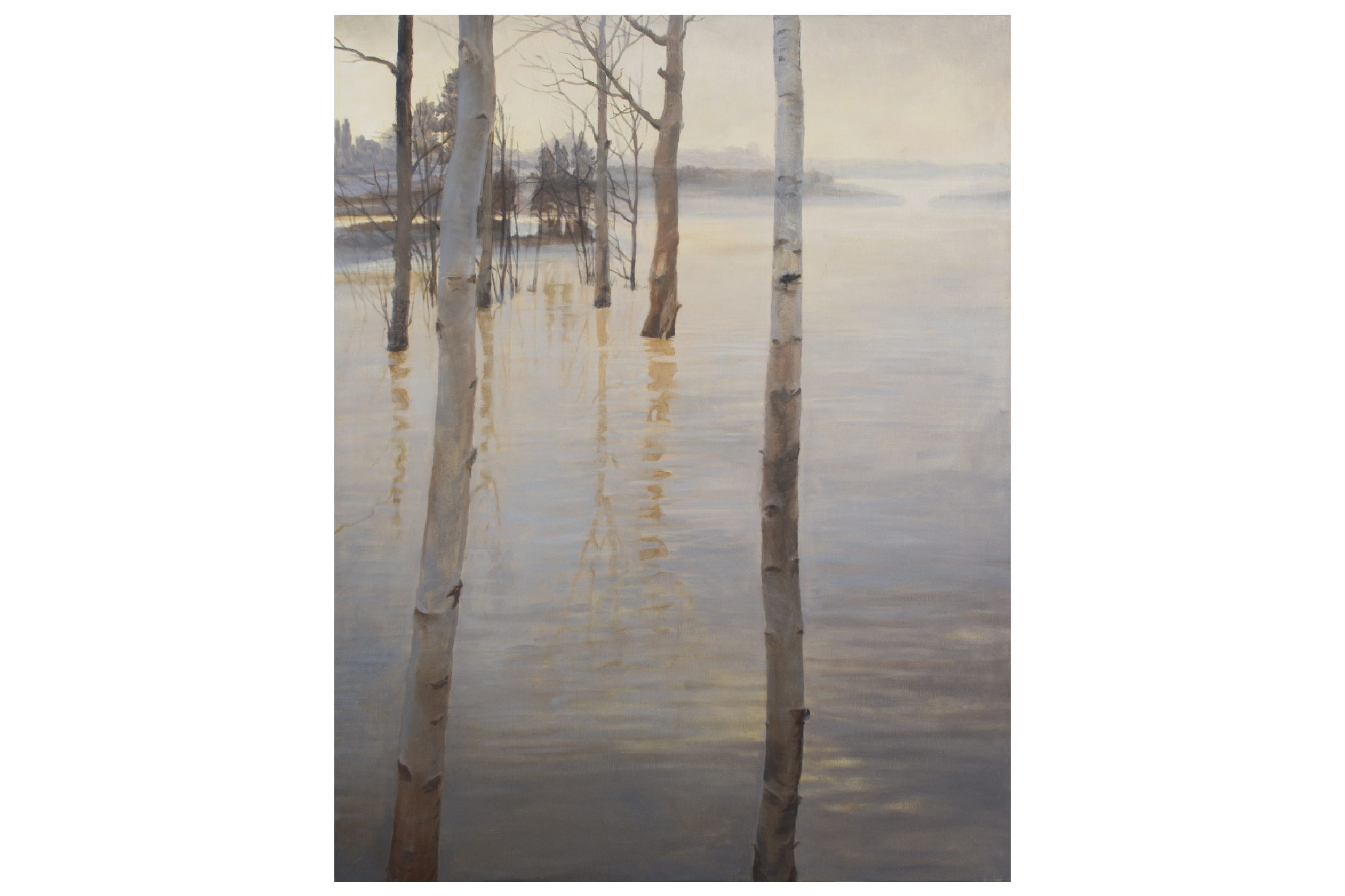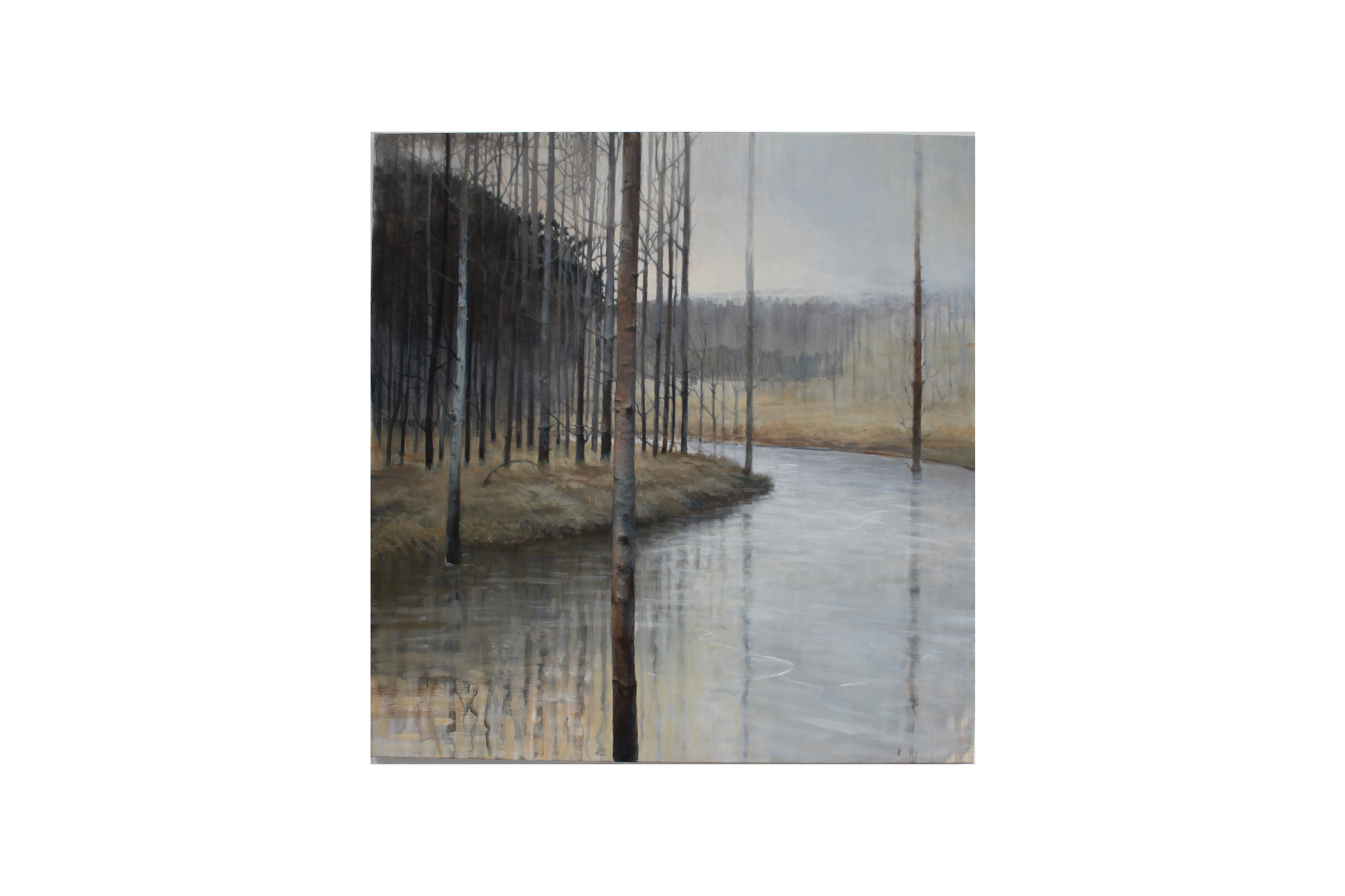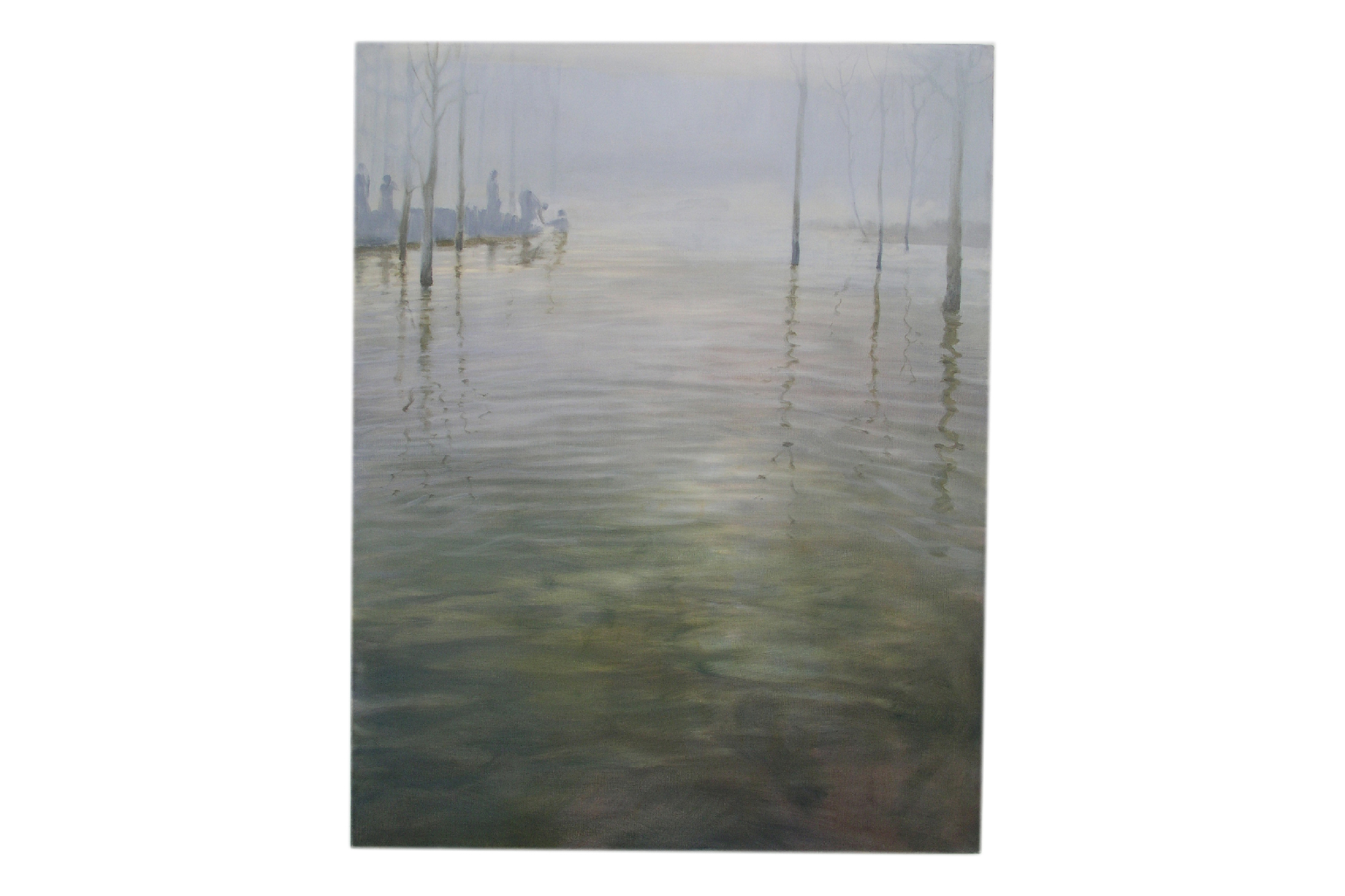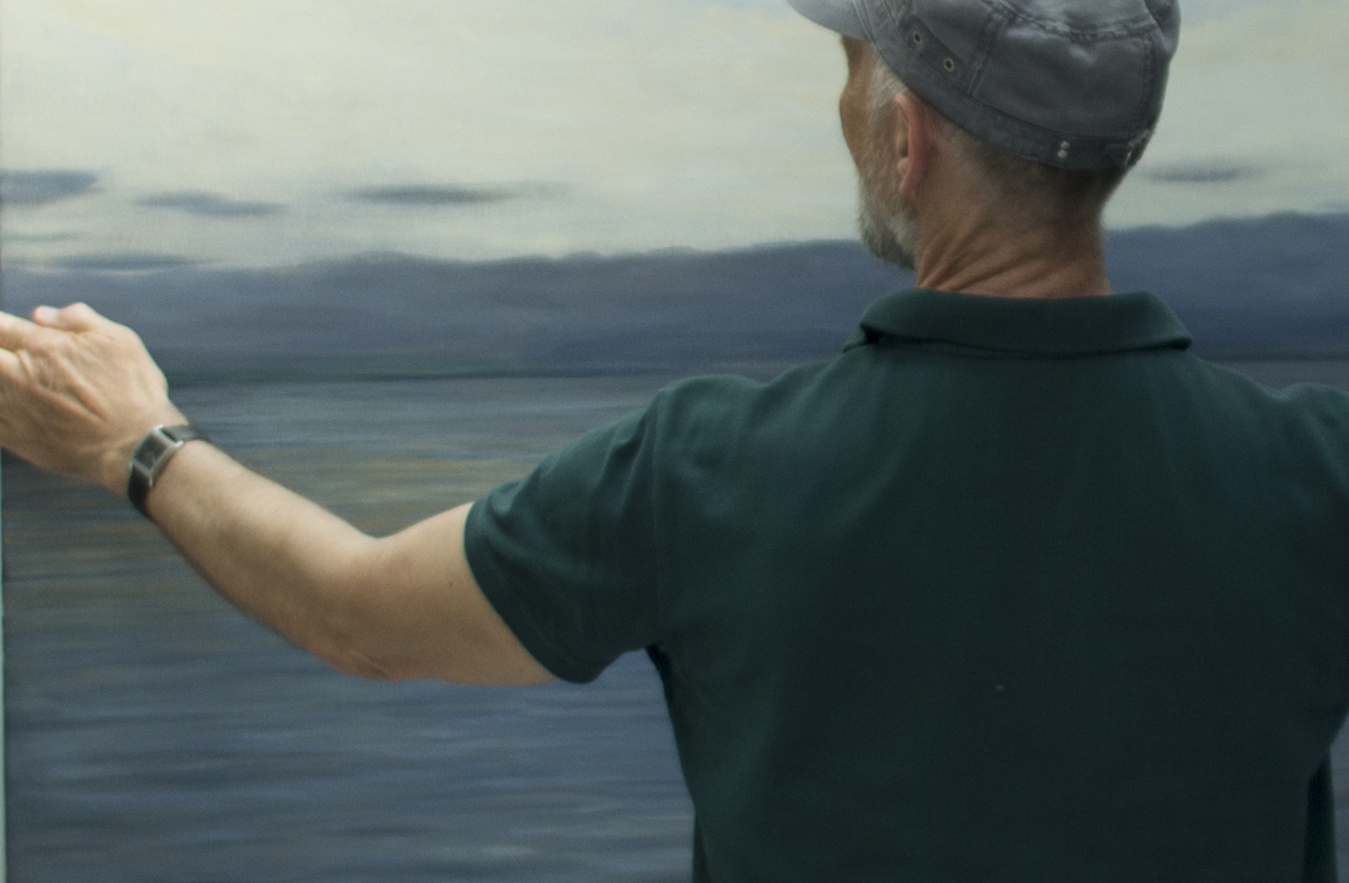Lanceringer
Curriculum
Education
1979-85
Royal Academy of Fine Arts, Copenhagen, Denmark (DK)
Grants
Danish Arts Foundation, 2003
Danish Arts Foundation, 2002
Gerhard Hennings Memorial Fund, 1993
Henry Heerups Memorial Fund, 1984
Represented in following collections
Ny Carlsbergfondet
Danish Arts Foundation
Kastrupgaardsamlingen, DK
RAUMA Art Museum, Finland
Skovgaard Museum, Viborg DK
Vejle Kunstmuseum, DK
State House, Boston, Massachusetts, USA.
Selected Solo Exhibitions
2012-16
Galerie Pi, Copenhagen DK
Galleri Jakobsen, Copenhagen DK
1998-2011
Galleri Kirk, Aalborg DK
Galerie Pi, Copenhagen DK
Galerie Progres, Horsens DK
Thorasminde, Gladsaxe DK
Fuglsanghus, Hørsholm DK
Galerie OKS, Braunschweig, Germany
Danske Grafikeres Hus, DK
Selected Group Exhibitions
2000-2015
Svends Bibliotek, Copenhagen, DK
Galerie Heike Arndt, Berlin, Germany
Sophienholm, DK
Rønnebæksholm, DK
Astley Hall, England
Halmstadgruppens Museum, Mjelby, Sweden
Janusbygningen, DK
Sophienholm, DK
Århus Kunsthal, DK
Gemeinsames Haus Europa, Prag, Czech republic
Angående
THE WORLD REFLECTED IN WATER
Finn Richardt’s painting is slow and contemplative. Only with great reluctance does he venture to explain the background of his paintings. In his nature scenes, however, there are allusions to well known figures in art history even though he is adamant about his own personal relationship with nature, which he approaches humbly and with great candour. Although his motifs connect him with such different painters as Arnold Böcklin and Claude Monet, he is also rounded by modernism which sees art as an autonomous, man-made phenomenon rather than a mimetic project. His artistic aim is the painting per se, there is no message or agenda. Finn Richardt adheres to the belief that the picture should not point to anything other or more than itself. The pictures deal with nature as image. In terms of motif we generally find ourselves in Nature without people where water, light and shadow reflect in the surfaces of water, stones, sand and trees, which he uses as a springboard for the topography of his own mind. The canvas is thus a projection surface for his dreams and ideas but the starting point is always a concrete observation. The important thing is to create a connection so that contents and form merge on the surface of the canvas. Here the whole is transformed into a suggestive field, a vibrant and delicate link between the painter and his external environment. In his water surfaces we experience the sensation of reality as a dual projection. Finn Richardt adroitly avoids the notion of style. Instead he strives to plumb his own mind in order to distil off what he himself sees. He does not actually see himself in terms of a tradition as such and on occasion is even amazed to discover elements from his own paintings in older art works. He expresses the vain hope that his pictures, whether they are copper prints or paintings, stand forth as the result of the interaction that takes place between himself and reality and he confidently leaves it to the beholder to infer whatever can be inferred when confronting his pictures. Finn Richardt constructs compositions originating in the studio and, like Gerhard Richter or Ola Billgren for example, his starting point is something measurable, such as a photographic source, which he often uses as a “reminder note”. Water has a purely instrumental aspect which interests Finn Richardt. On one level he strives to master the element purely as a craftsman. Water expresses a volatility and intangibility that fascinate him. At the same time artists have worked with water throughout the ages as a transient element, a fluid in constant motion, and, as is well known, you can’t swim in the same river twice. Furthermore water plays a crucial role in our lives. He is fascinated by the changeable, transparent, urgent and lethal aspects of water. Water continues to challenge him because it has so many facets. During one period he worked primarily with copperplate printing which involves a multi-layer production process. When the multiple layers of colour interact, new colours emerge which have no names. In copperplate printing light comes from the paper. Richardt further developed this experience in his paintings of water. For the past ten years there have only been scanty traces of culture or human life in Finn Richardt’s images. He wishes his paintings to be free of such distractive elements and strives instead for duality in reflection. Finn Richardt paints the reflection of what is seen and lets the horizontal line disappear outside the picture so that we remain within the reflection. The image thus raises doubt about what is reality and what is reflection - and reflection within reflection. The whole thing becomes a kind of phantasm. What is true and what is untrue, what is image and what is reality fades away into ambiguity and as a result Finn Richardt’s quiet pictures challenge the public’s normal perception of reality. Lisbeth BondeLisbeth Bonde, M.A., is the arts writer for the Danish weekly “Weekendavisen” and the author of various works on art and artists, including “Kunstere på tale”(2002), “Atelier- kunstnerens værksted” (2003), “SOLO” (2006) – a monograph on the painter Peter Martensen, and “Manual til dansk samtidskunst” (2006) as well as numerous articles included in anthologies and catalogues.
Translation: Joan Høberg-PetersenFinn Richardts maleri er langsomt og kontemplativt. Han giver sig nødigt i kast med at udlægge baggrunden for det. Hans kunstneriske mål er maleriet per se; der er ingen budskaber eller program. Finn Richardt holder fast på, at billedet ikke skal bære andet og mere end sig selv.
Motivisk befinder vi os som regel i en menneskeforladt natur med vand og lys og skyggers refleksioner i vandspejle, sten og sand og træer, som han bruger som afsæt for sin skildring af sit eget sinds topografi: Lærredet er en projektionsflade for hans drømme og forestillinger, men udgangspunktet er altid en konkret iagttagelse.
Der er en ren instrumentel side ved vandet, som interesserer Finn Richardt. Dels forsøger han at beherske elementet rent håndværksmæssigt. Vand udtrykker en flygtighed og en uhåndgribelighed, som optager ham meget. Og så spiller vand en helt afgørende rolle i vores liv. Han er optaget af det foranderlige, det transparente, det nærværende og det dødbringende aspekt ved vand. Vand bliver ved med at udfordre Finn Richardt, fordi der er så mange lag.
I de seneste ti år har der kun sparsomt optrådt spor af kulturen eller menneskelivet i Finn Richardts billeder. Han ønsker ikke disse distraherende elementer og tilstræber i stedet en dobbelthed i spejlingen. Finn Richardt maler det setes spejling og lader horisontlinjen forsvinde uden for billedet, så vi bliver inde i spejlingen, hvorved billedet sår tvivl om, hvad der er virkelighed, og hvad der er spejling og spejling på spejling. Hvad der er sandt, og hvad der er usandt og hvad der er billede, og hvad der er virkelighed fortoner sig i det uvisse.
Kontakt


